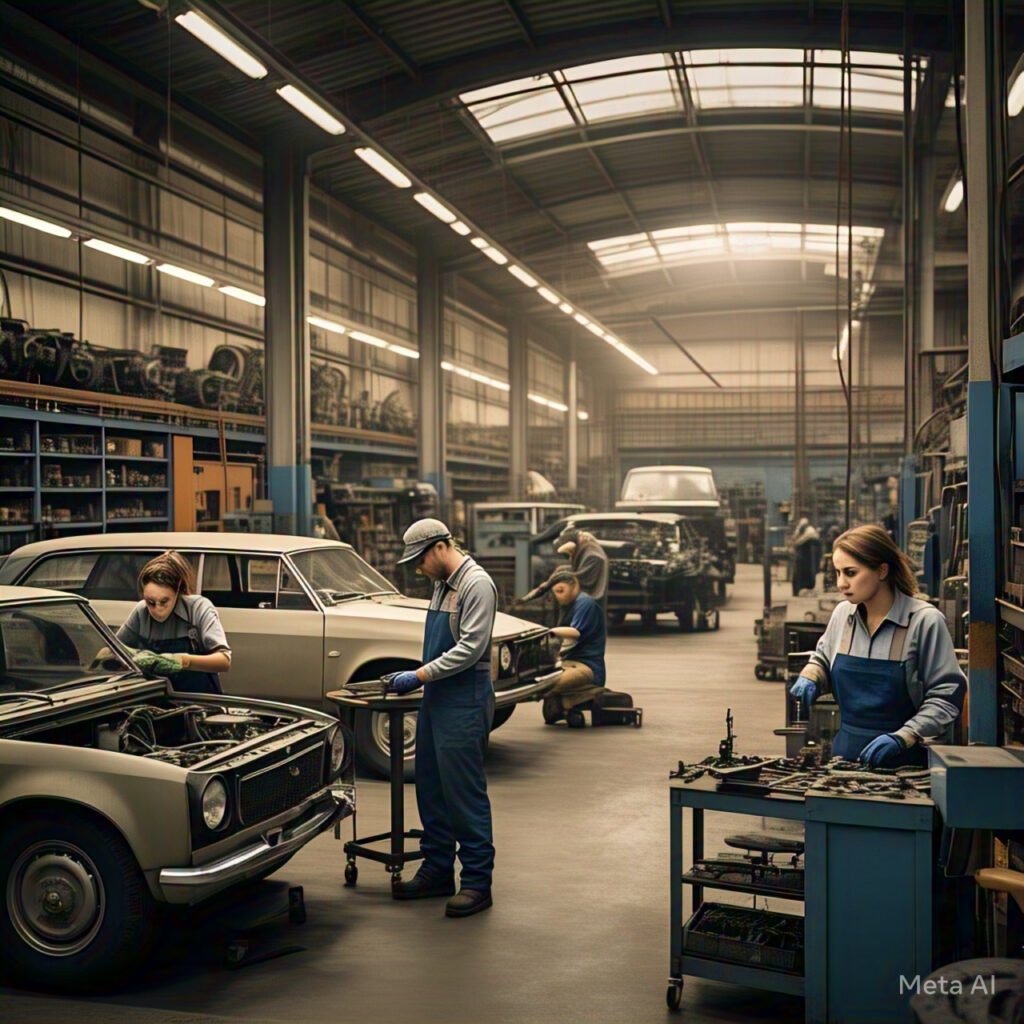Vehicle ownership and the lifecycle of a car involve several stages, from purchasing and maintaining the vehicle to its eventual disposal or recycling. Understanding these stages can help owners manage their vehicles more effectively and make informed decisions about their cars. Below are the key aspects of vehicle ownership and lifecycle:
1. Getting a Vehicle New vs. Automobiles that are previously owned: New Cars: Typically come with a full warranty, the latest technology, and no previous wear and tear. However, they are more expensive and depreciate quickly.
Used Cars: Generally cost less than new cars, but they may have more wear and tear, and the warranty may be limited or expired. Buyers often need to carefully inspect the car or rely on third-party inspections.
Financing the Vehicle:
Car Loans: Buyers may choose a loan from a bank, credit union, or the dealership itself to finance the purchase. This typically involves monthly payments with interest.
Leasing: Leasing is another option, where the buyer pays for the car’s depreciation over a set period (e.g., 2-3 years) instead of owning the vehicle outright. At the end of the lease, the car is returned to the dealer.
Cash Purchase: Some buyers may opt to pay for the car in full using cash or personal savings, avoiding interest payments and loan commitments.
Vehicle Pricing and Negotiation: Buyers can negotiate a fair price for both new and used vehicles by understanding the manufacturer’s suggested retail price (MSRP), possible discounts, and trade-in options.
2. Automobile Depreciation What is Depreciation?: Depreciation is the decrease in the vehicle’s value over time, usually due to wear and tear, aging, and market demand. New cars experience the steepest depreciation, often losing 20% to 30% of their value within the first year.
Factors Influencing Depreciation:
Brand and Model: Because of their reputation, dependability, and demand, some brands and models hold their value better than others. Mileage: High-mileage cars depreciate faster because they tend to have more wear and tear.
Condition: A car in excellent condition, both mechanically and aesthetically, will depreciate at a slower rate than one in poor condition.
Market Trends: The popularity of certain types of vehicles (e.g., SUVs or electric cars) can affect depreciation rates.
Resale Value: Many owners eventually sell or trade in their vehicles. Maintaining the vehicle in good condition, keeping service records, and keeping the mileage low can help retain more resale value.
3. Car Insurance
Types of Car Insurance:
Liability Insurance: Covers damages or injuries to others in an accident that you caused.
Collision Insurance: Covers damage to your vehicle in the event of a collision, regardless of fault.
Comprehensive Insurance: Covers non-collision incidents like theft, vandalism, natural disasters, or animal collisions.
Personal Injury Protection (PIP): Covers medical expenses and lost wages for you and your passengers after an accident.
Uninsured/Underinsured Motorist: Protects you if you’re involved in an accident with a driver who doesn’t have sufficient insurance.
The cost of premiums is influenced by age, driving record, location, car make/model, and insurance provider. Higher coverage typically means higher premiums.
4. Regular Maintenance and Repairs
Routine Maintenance:
Oil Changes: Regular oil changes are essential for engine health.
Tire Maintenance: Rotating tires, checking tire pressure, and replacing tires when necessary.
Brakes: The braking system is regularly checked and maintained. Fluid Checks: Regularly check engine coolant, brake fluid, transmission fluid, and power steering fluid.
Battery Maintenance: Inspecting and maintaining the car’s battery to prevent issues.
Repairs: Over time, vehicles may require repairs due to wear and tear. Common repairs include fixing issues with the transmission, exhaust system, or suspension.
Warranty and Extended Warranties: Many new cars come with a manufacturer’s warranty that covers repairs for a specific period. Extended warranties can be purchased for additional coverage after the initial warranty expires.
5. Vehicle Upkeep and Customization
Upgrades and Customization:
Owners may choose to upgrade various parts of their vehicle, such as the stereo system, wheels, or exhaust system. Some may add performance modifications or aesthetic changes like custom paint jobs or body kits.
Technology Updates:  As technology evolves, owners can upgrade infotainment systems, add advanced safety features, or install new GPS systems.
As technology evolves, owners can upgrade infotainment systems, add advanced safety features, or install new GPS systems.
Fuel Efficiency Enhancements: Some owners may choose to add components that improve fuel economy, such as performance chips or aftermarket air filters.



